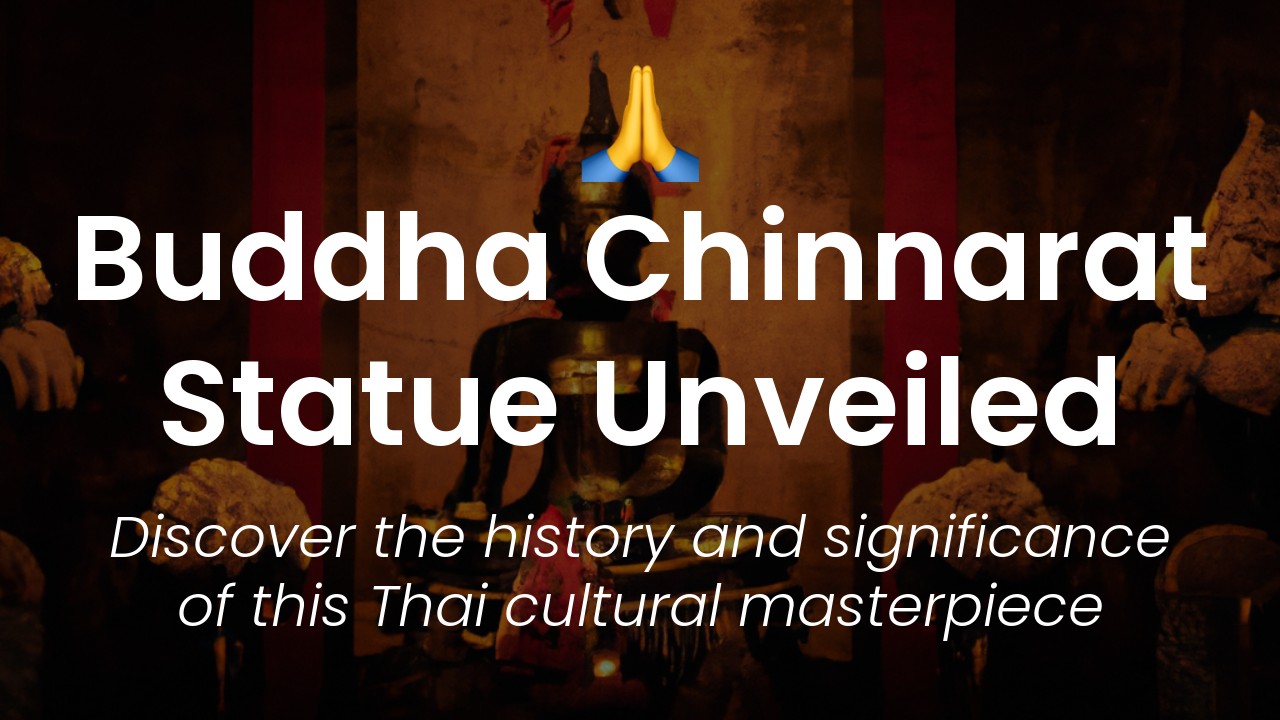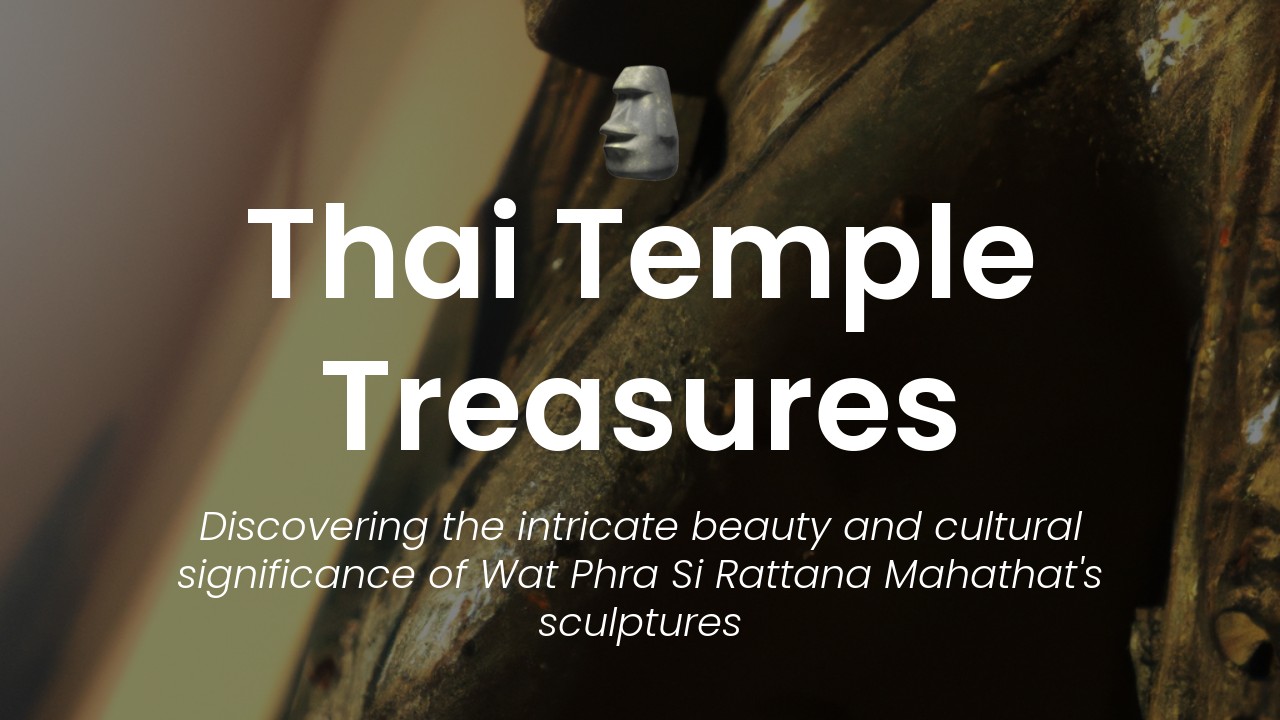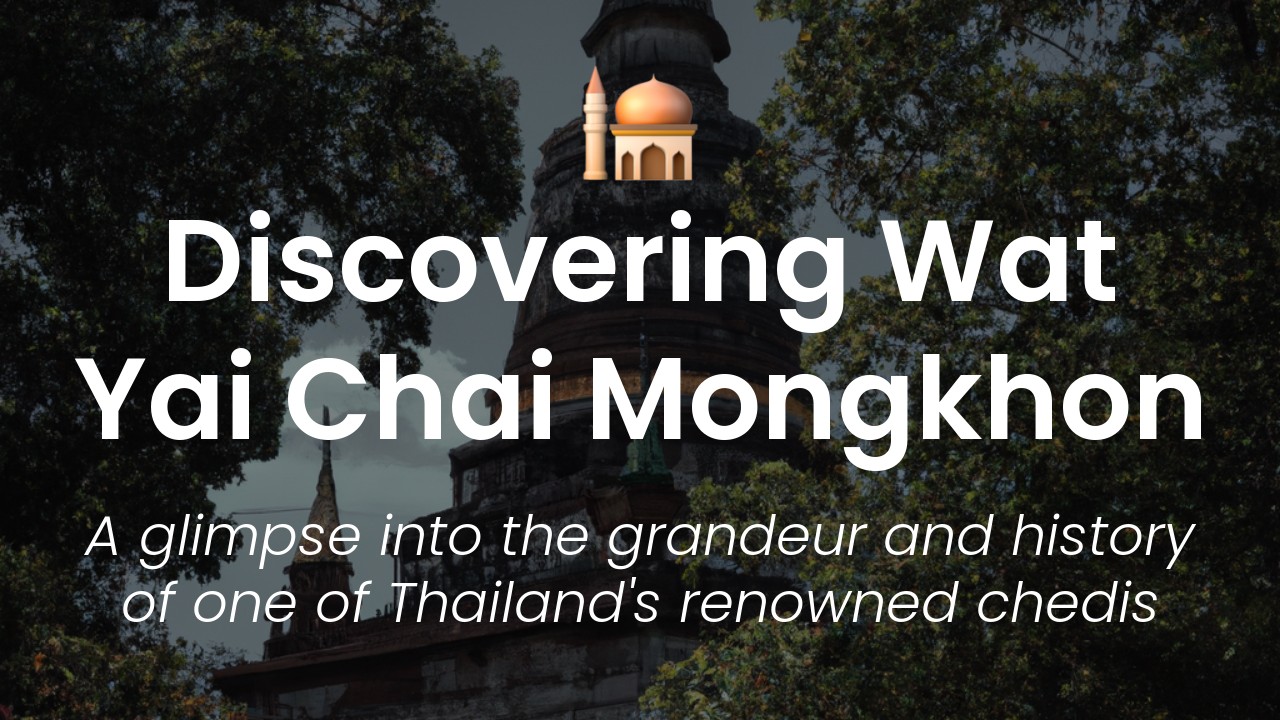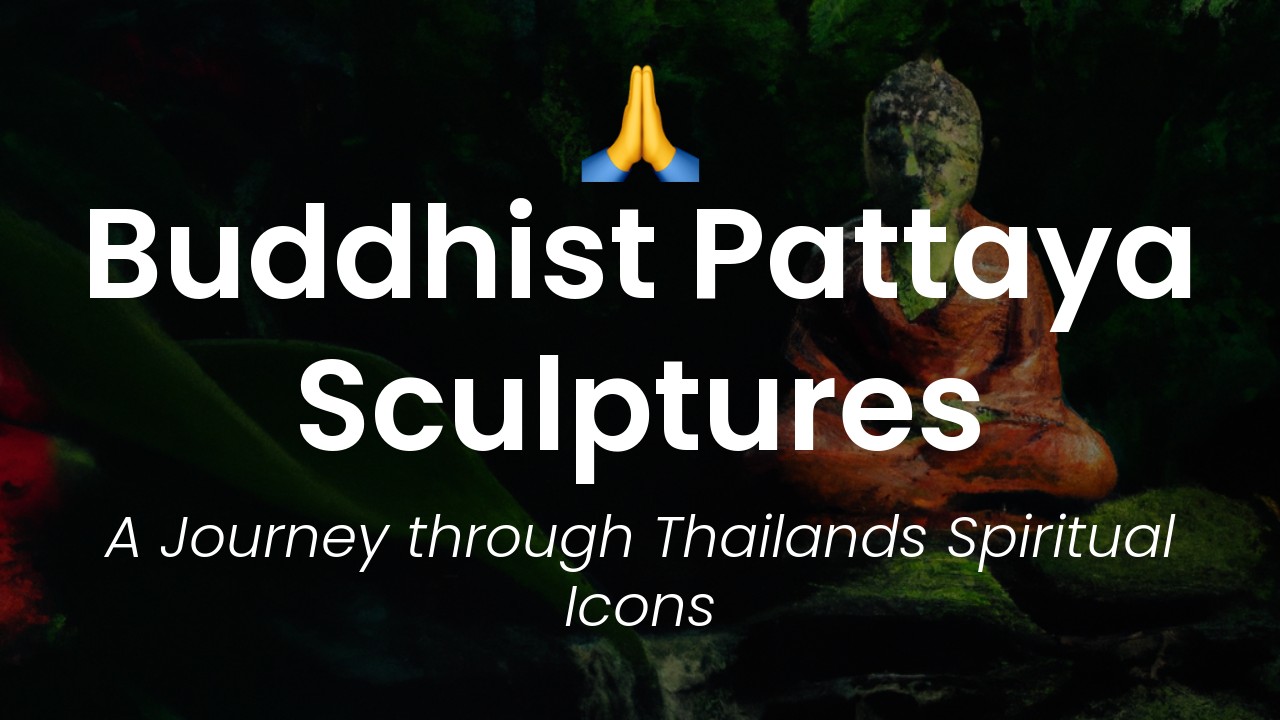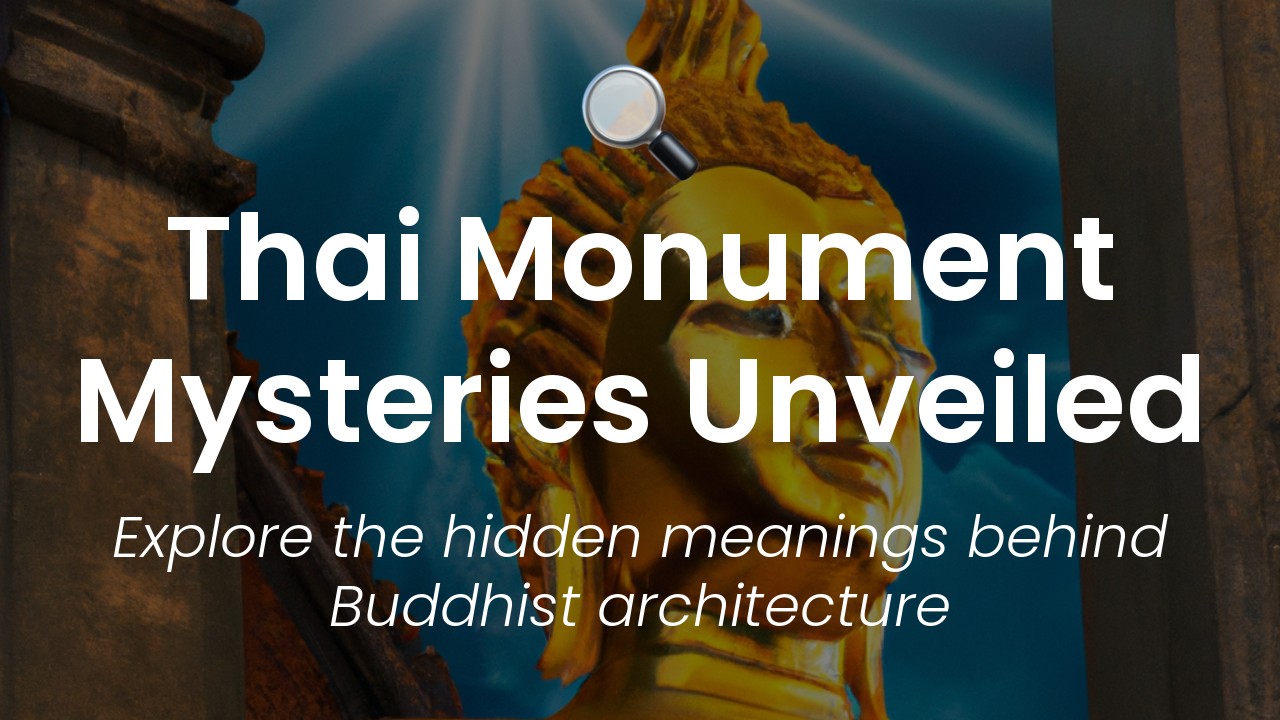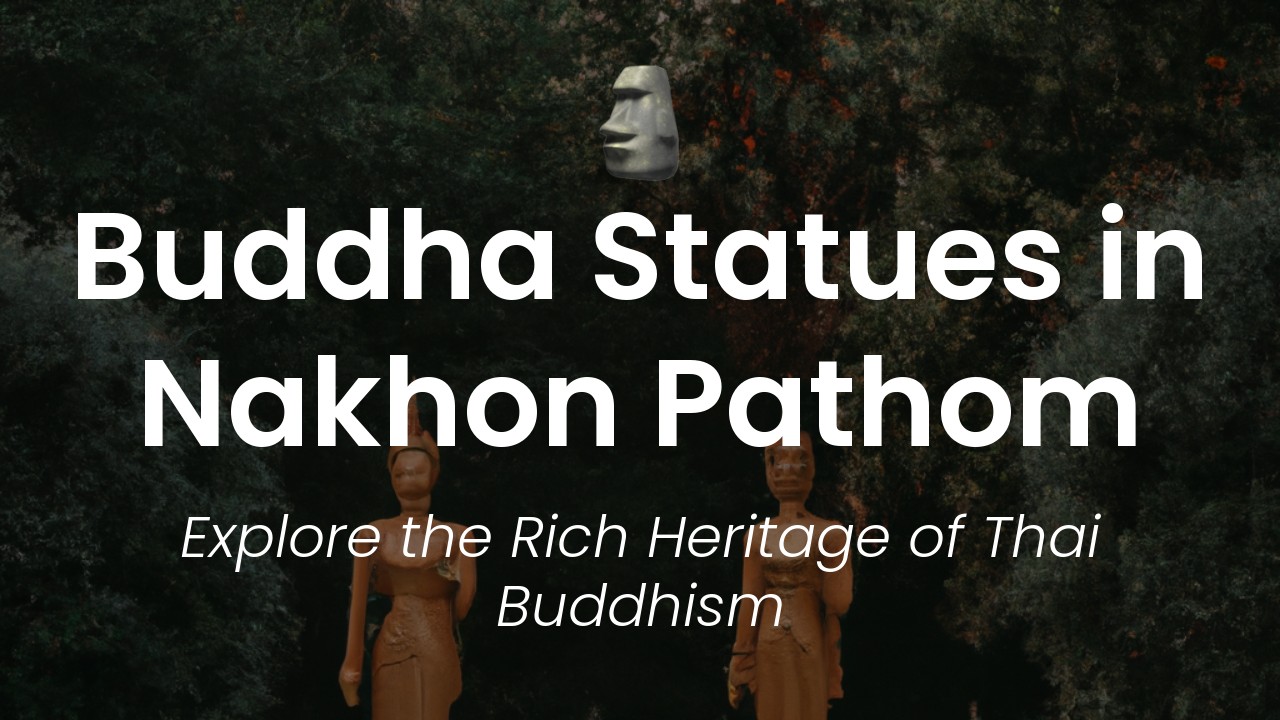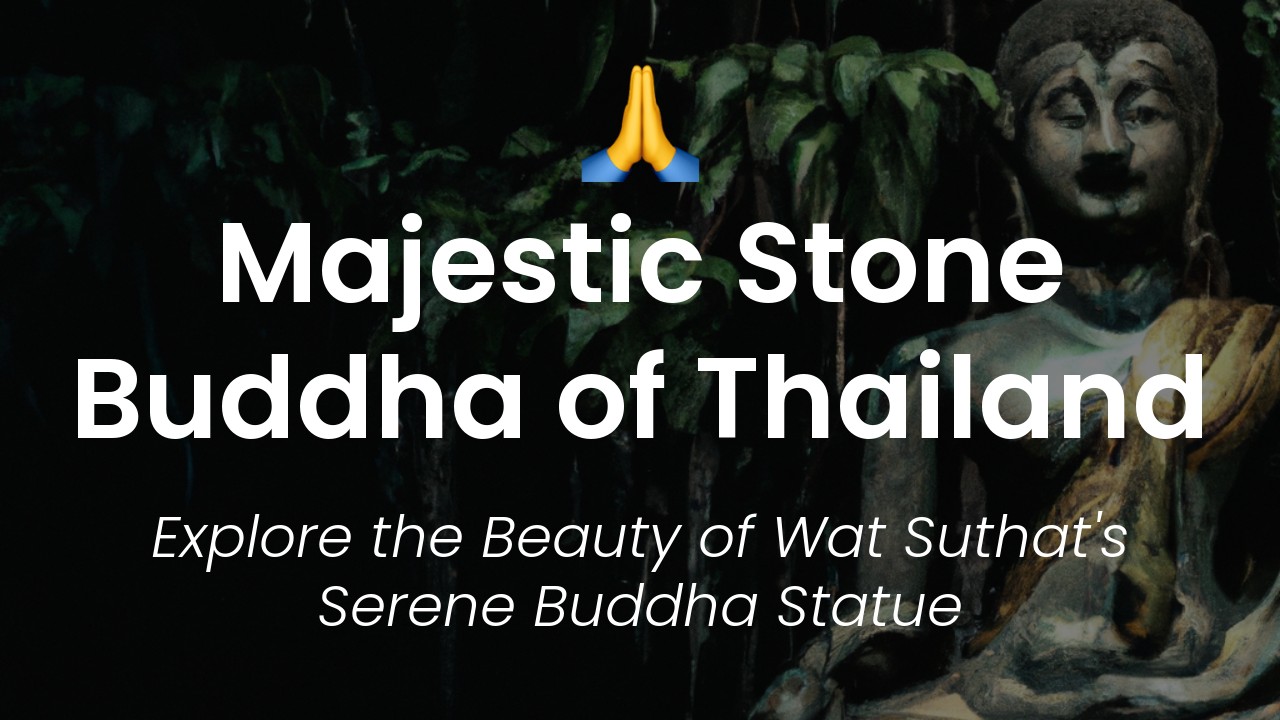As a proud Thai citizen, I always take immense joy in exploring my culture and heritage. Time and again, I have been awestruck by the rich historical significance that our country holds. One such marvel that continues to captivate my imagination is the Phra Buddha Chinnarat statue.
Located in the Wat Phra Sri Rattana Mahathat temple in the city of Phitsanulok, this statue is an enigmatic masterpiece of extraordinary beauty and history. As I gazed upon this incredible work of art, I felt an overwhelming sense of pride for my country's rich cultural heritage.
The Phra Buddha Chinnarat statue is unlike any other Buddha statues that I have seen before. It is an exquisite depiction of the Buddha in a serene and tranquil state with a half-smile on his lips. Over time, this statue has become one of the most revered and popular icons in Thailand, attracting thousands of tourists from all over the world.
In this article, I will unravel the intriguing history and significance of this majestic statue and the story behind its creation. Join me as we delve into the fascinating cultural heritage of Thailand and shed light on one of its most treasured gems.
History of Phra Buddha Chinnarat
As a Thai woman who is fascinated by my country's rich culture and heritage, I would like to introduce you to one of the most iconic and enigmatic statues in Thailand – the Phra Buddha Chinnarat. The statue, which is located in the province of Phitsanulok, is a true testament to Thai craftsmanship and artistry, and holds a significant place in Thai Buddhist history.
The history of the Phra Buddha Chinnarat statue can be traced back to the Sukhothai period in the 14th century. King Lithai of Sukhothai, one of the greatest kings in Thai history, ordered the creation of the statue as a symbol of his devotion to Buddhism. It is said that the king personally supervised the creation of the statue, which was completed in 1357.
Legend has it that the statue was originally named "Phra Buddha Maha Thera," but it was later renamed "Phra Buddha Chinnarat" after a famous monk who lived during the reign of King Lithai. The name "Chinnarat" means "the ultimate victory of wisdom" in Pali, the language of the Buddhist scriptures.
The legend behind the statue
There are many legends surrounding the creation and naming of the Phra Buddha Chinnarat statue. One of the most popular stories tells of a young boy who helped King Lithai design the statue. According to the legend, the boy was a skilled artist who came from a poor family. One day, the boy approached King Lithai and asked for permission to help create the statue.
The king was impressed by the boy's skills and agreed to let him help. The boy worked tirelessly on the statue, dedicating himself to the task day and night. When the statue was completed, the king was so pleased with the boy's work that he ordered that he be named as the designer of the statue.
Another variation of the legend tells of a group of artists who were competing to create the most beautiful statue of the Buddha. The king was so impressed by the work of one particular artist that he declared him the winner and ordered that the statue be named after him.
Design and features of the statue
The Phra Buddha Chinnarat statue is one of the most stunning examples of Thai Buddhist art. The statue is carved from gold and measures 6.4 meters in height and 4.8 meters in width. The statue features a seated Buddha with his right hand pointing down towards the earth and his left hand resting on his lap.
The Buddha's face is serene and peaceful, with a gentle smile on his lips. His eyes are half-closed, as if he is deep in meditation. The statue is adorned with intricate details, including beautifully carved flowers and leaves that are scattered across the Buddha's robe.
Significance of Phra Buddha Chinnarat in Thai culture
The Phra Buddha Chinnarat statue is considered to be one of the most important icons of Thai Buddhist culture. It is believed to hold immense spiritual power, and many Thai Buddhists believe that praying to the statue can bring them good luck and fortune.
The statue is also seen as a symbol of Thailand's rich history and heritage. It is one of the few surviving relics from the Sukhothai period, which is considered to be the golden age of Thai culture and art. The statue is so beloved in Thailand that it has been featured on the country's 20 baht coin since 1962.
Famous temples where statue is enshrined
The Phra Buddha Chinnarat statue can be found in several temples throughout Thailand, but the most important temples where the statue is enshrined include:
- Wat Phra Si Rattana Mahathat in Phitsanulok
- Wat Phra Sri Sanphet in Ayutthaya
- Wat Yai Chai Mongkhon in Ayutthaya
- Wat Bowonniwet Vihara in Bangkok
How to visit and pay respects to the statue
If you're planning a trip to Thailand and would like to visit the Phra Buddha Chinnarat statue, the best place to see it is at Wat Phra Si Rattana Mahathat in Phitsanulok. The temple is located in the heart of Phitsanulok city, which is easily accessible by bus or car from Bangkok.
When visiting the temple, it's important to observe proper etiquette and dress appropriately. Visitors should wear modest clothing that covers their shoulders and knees, and should remove their shoes when entering the temple grounds. When approaching the statue, it is customary to bow three times and offer a small donation to the temple.
Potential controversy and criticism surrounding the statue
While the Phra Buddha Chinnarat statue is widely beloved in Thailand, it has also faced criticism and controversy in recent years. Some critics have accused the Thai government of over-commercializing the statue and the temple where it is located, turning it into a tourist attraction rather than a place of worship.
Despite these criticisms, the Phra Buddha Chinnarat statue remains an important cultural and religious symbol in Thailand. It serves as a reminder of the country's rich history and heritage, and continues to inspire admiration and devotion from Buddhists and non-Buddhists alike.

